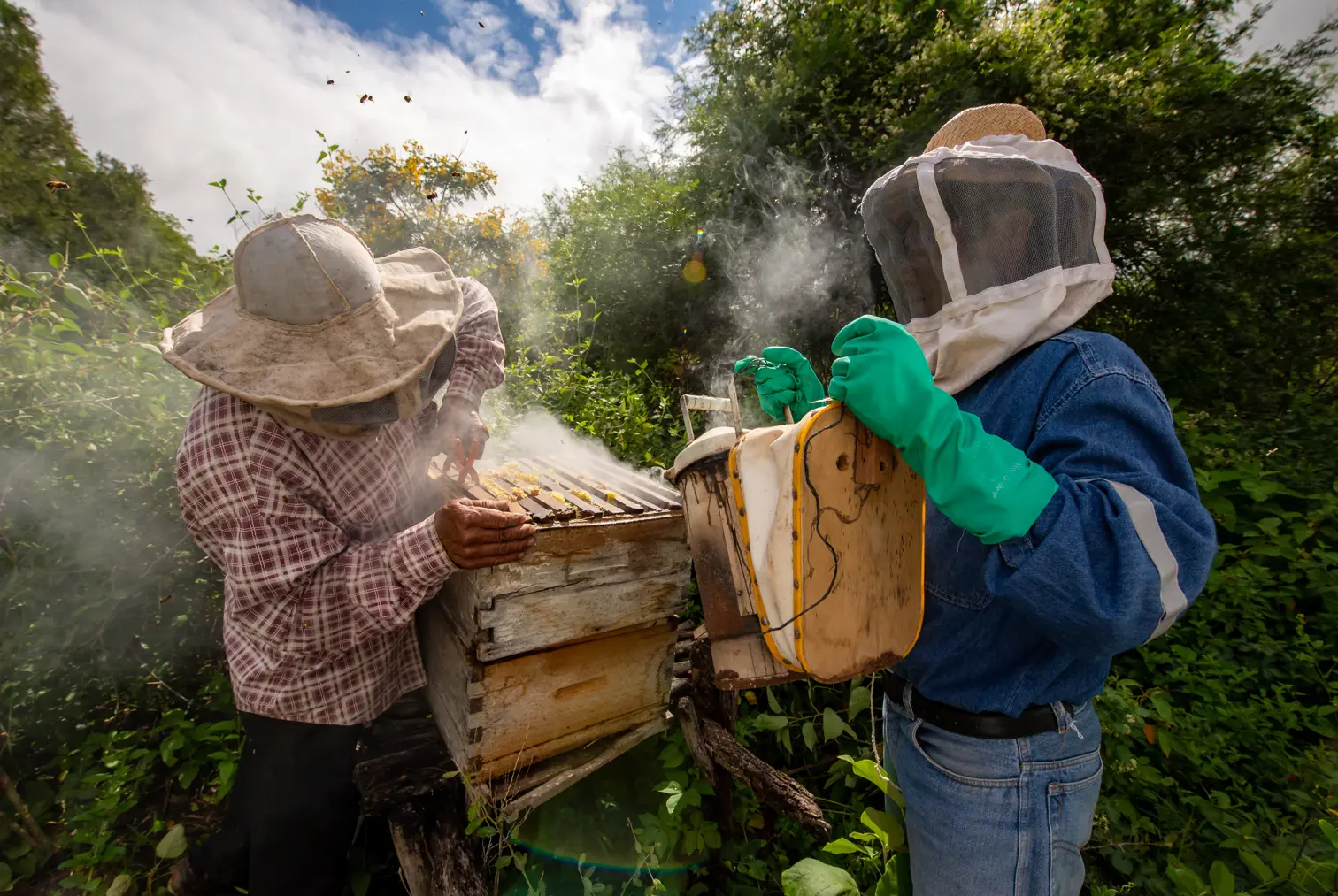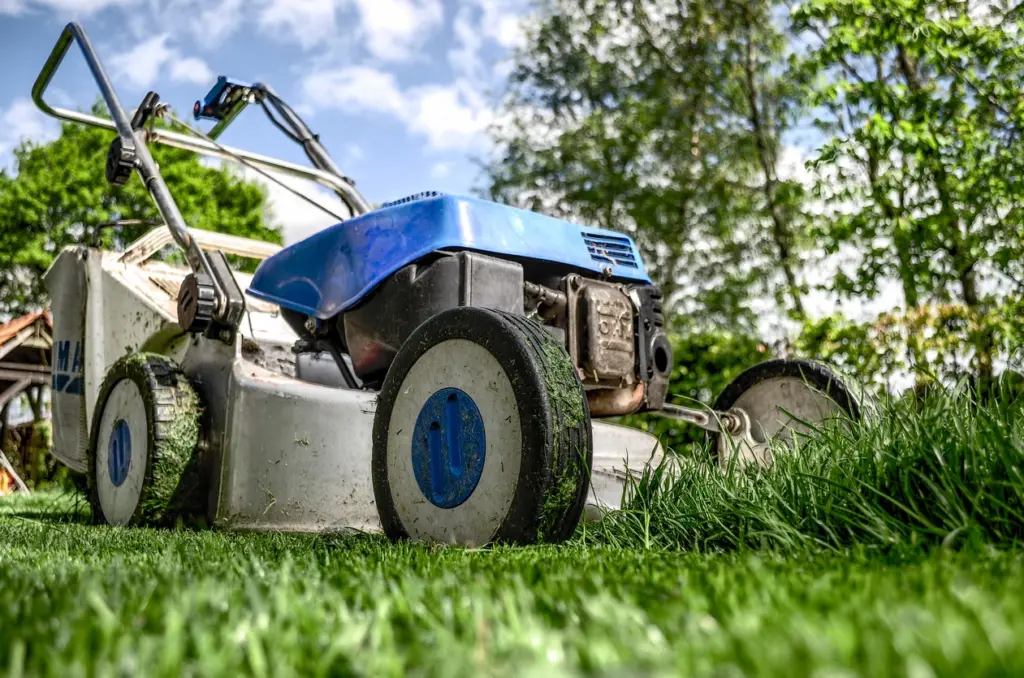Bees are vital pollinators and play an essential role in sustaining healthy ecosystems, contributing to the growth of fruits, vegetables, and flowers. However, when bees establish hives in your backyard, they can pose risks to safety and comfort. While it’s crucial to value and protect these beneficial insects, managing a bee infestation requires a careful and informed approach. Recognizing the early signs of a bee infestation helps you address the problem quickly and responsibly, preventing potential hazards and discomfort.
In this comprehensive guide, we’ll highlight the key indicators that may signal a bee infestation in your backyard and provide tips on how to respond. Keep reading to stay informed and prepared!
1. Observing an Increase in Bee Activity
The first noticeable sign of a potential bee infestation is an unusual increase in bee activity around your backyard. If you observe significantly more bees than usual during daylight hours, especially congregating near your home, garden, or outdoor seating areas, this could indicate a nearby hive. Bees are typically attracted to sweet-smelling flowers, sugary spills on outdoor furniture, or water sources such as pet bowls and fountains. Persistent bee gatherings in specific spots suggest that a colony might be nesting close by.
2. Locating Bee Entry Points
Bees prefer sheltered locations that protect their hive from harsh weather and predators. Typical hive sites include tree trunks, hollow walls, garden sheds, attic spaces, and other small crevices. Look for bees entering and exiting through narrow openings in your home’s exterior or nearby structures. Cracks in walls, gaps around windows or doors, and vents are common entry points. Careful observation in these areas can help pinpoint hive locations so that proper removal or relocation can take place safely.
3. Visible Bee Hives or Nesting Structures
One of the most direct signs of a bee infestation is spotting a hive in your backyard. Bee hives feature distinctive hexagonal comb patterns and can vary greatly in size depending on the species and colony maturity. They may hang from tree branches, be hidden under eaves, behind shutters, or tucked away inside walls or attics. If you identify a hive, do not approach or disturb it, as this can provoke defensive behavior and increase the risk of stings.
4. Buzzing Sounds
A subtle but reliable indication of a bee infestation is a continuous buzzing sound. Even when a hive is concealed, such as inside a wall or attic, the steady hum of bee activity can often be heard from outside the structure. Listen closely near walls, ceilings, or outdoor sheds where bees might nest. This buzzing tends to be most pronounced during daylight hours when bees are active foragers.
5. Swarming Behavior
Swarming is a natural part of the bee lifecycle and an important sign of colony expansion. When a hive becomes overcrowded, a portion of the bees, led by a queen, will leave to establish a new colony, often temporarily gathering in one location as a swarm. This behavior usually occurs in spring or early summer and can look intimidating but is typically non-aggressive since swarming bees are focused on relocating rather than defending a hive. The presence of swarming bees strongly indicates active hives nearby.
Addressing a bee infestation can feel challenging, but understanding these signs is essential for safe and effective management. While it may be tempting to handle the situation on your own, bee removal should always be carried out by professionals. Trained experts, such as those available through Nelson’s Bee Removal, ensure that bees are safely relocated or managed without harm to your property or to these vital pollinators. Professional intervention protects both your family and the environment.
Additionally, if you want to learn more about Creative Places to Install Solar Panels Around Your Home, please visit our dedicated Home Appliances category for comprehensive information and tips.
Bee populations worldwide face threats from habitat loss, pesticides, and climate change, making their conservation increasingly important. Backyard infestations offer a chance not only to manage safety but also to support local pollinator health. Installing bee-friendly plants and creating safe habitats away from high-traffic areas can encourage bees to thrive while minimizing conflicts. By fostering coexistence and understanding bee behavior, homeowners play a vital role in preserving biodiversity and food security for future generations.



